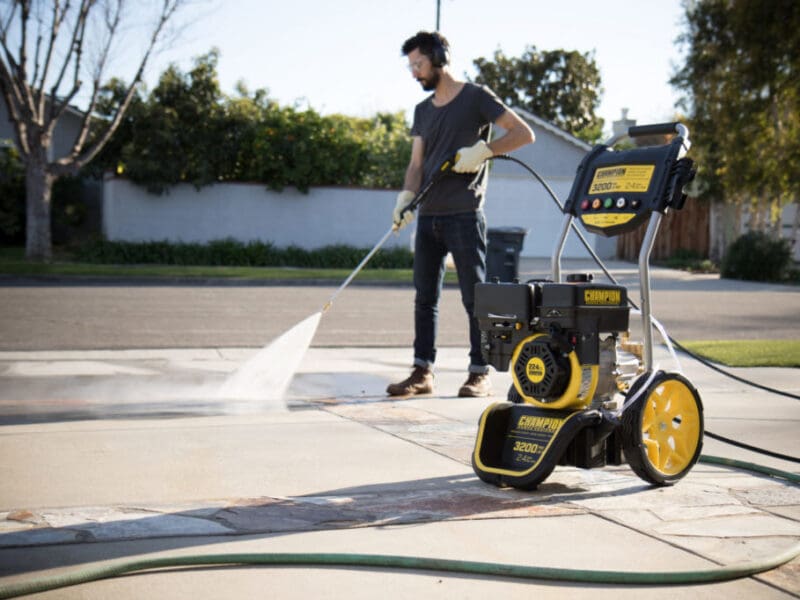
What Parts Should You Prioritize While Building a Gaming PC?
PC games are better and more diverse than ever before, and with the pandemic having stranded so many people at home for the better part of two years, more people are interested in getting into the hobby than ever before. As a result, there is tremendous interest in purchasing and building the best PC setup for gaming. No matter your budget, you must prioritize your builds a certain way to ensure you get not only the best bang for your buck but also a gaming rig that will last a reasonable amount of time and never hold you back during long gaming sessions. Here are the parts you should consider in order of priority.
Graphics Processing Unit (GPU or Graphics Card)
GPUs do a lot of the heavy lifting for newer AAA games, so it is crucial that you put aside a fair chunk of money for a good GPU. Further, the graphics landscape is rapidly evolving, and new games grow ever more intensive on this front. It is hence better to spend a larger amount on a top-quality card that is likely to be able to handle top-tier games for a few years than to skimp and purchase a cheaper card that would be effectively obsolete in just a year or so, limiting you to older or less-demanding games. It is a good idea to put aside at least 1/3rd of your entire budget to go towards a GPU.
Central Processing Unit (CPU or Processor) and Motherboard
As per Chiang Rai Times, when it comes to games, even if GPUs are heavily involved, CPUs do a fair share of the work. Often, a lower-end CPU might become a bottleneck due to which you are unable to get the best performance from a GPU that should be performing significantly better. Processors get more powerful and efficient with each generation, so you can consider the latest mid to high-level chips, but also keep an eye out for the previous generation models that might be selling at a discount post the release of the newer line. Motherboards are relatively easier to shop for. As per Wired, there is not much difference between a cheap motherboard and a fancy, pricey one. You can pick up any standard kit with enough slots and ports to accommodate the rest of your build.
RAM and Storage
If you are going for a high-performance gaming rig, you should also invest in high-speed RAM. You may look at 3200-3600MHz RAM running in dual-channel mode to optimize performance. You can then look at high-speed SSDs for performance storage and slower mechanical drives for large capacity. If shopping for these parts individually is confusing or you do not enjoy it, it is a great idea to hire a professional assembler like PowerGPU.
Case and Cooling
Your entire system will fit into a case. The size of the case you get will depend on your motherboard, and will also determine what kind and number of fans you can set up for ventilation and cooling the system. Gaming PCs tend to run hot, so you must also invest in a CPU cooler, fitted onto your CPU with thermal paste or a thermal pad to ensure maximum heat dissipation. For higher budgets or custom builds, water cooling is a great option too.
Power and Peripherals
Finally, all these components will draw tremendous power, so you should invest in a high-capacity power supply unit (PSU) to ensure uninterrupted and adequate availability of power during your gaming sessions. You may then allocate the remainder towards peripherals like your monitor, keyboard, mouse, audio equipment, etc. These are the easiest parts to upgrade down the line as well.
Conclusion
Building a gaming PC is a worthwhile and exciting pursuit, but it is not for everyone. You can consider hiring a professional builder to procure the best parts and build a top-class rig for you. A good assembler will also provide post-delivery support, and also any extra equipment or advice you might need for niche cases like e-sports or streaming. This will allow you to enjoy your games without having to worry much about the nitty-gritty of the build process.







